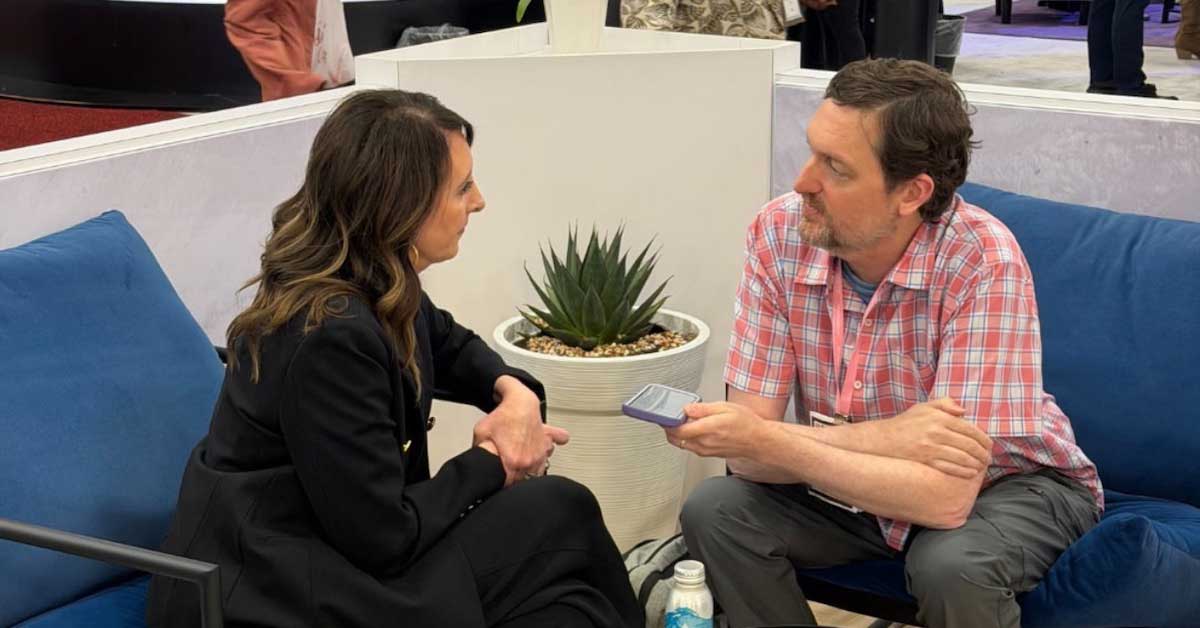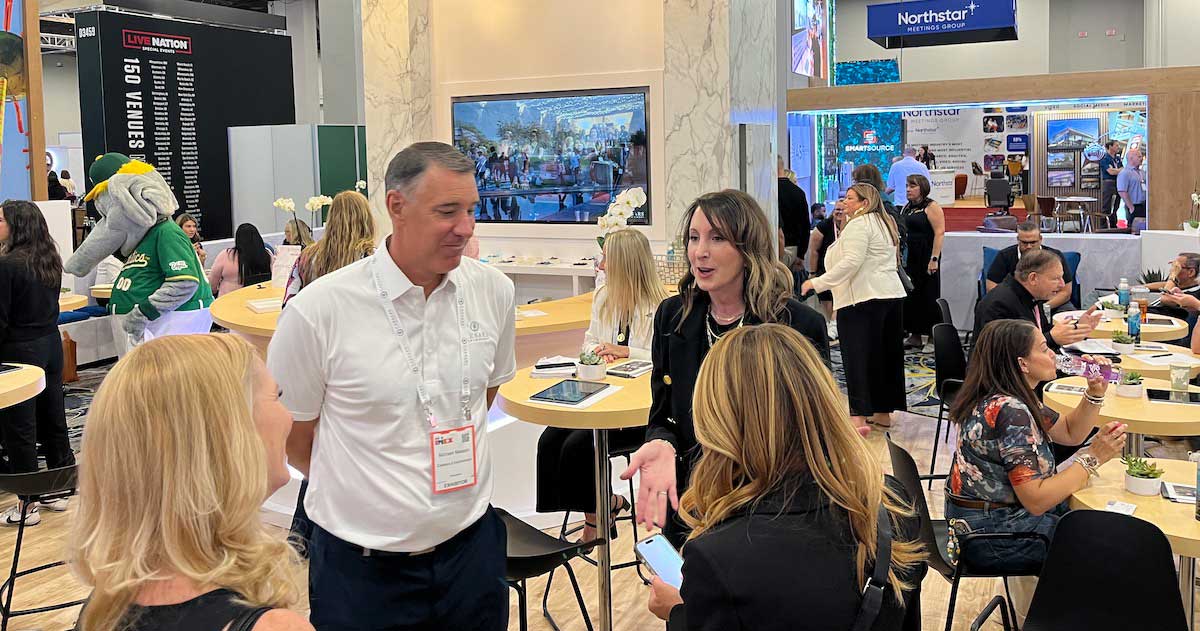When it comes to reaching different generations, the way the message is delivered is as important as the message itself, according to Shirley Smith, co-founder of Atlanta-based Digital Edge Marketing.
“It very much depends on the device they will be consuming the message on,” she says. “Gen X and Millennials are more likely to be reached by social media and Instagram Stories on their phones. Baby Boomers don’t consume as much of that type of content and tend to have more consumption via their computers or iPads.”
X Factors
While Millennials and Baby Boomers, because of their huge numbers and societal impact, often get more attention from marketers, it’s actually Gen X, people now in their 40s and early 50s, who should be in the spotlight, according to Radabaugh.
“Gen Xers are at the peak of their careers and are the big moneymakers right now—they’re the ones we should be spending time on,” she says.
Gen Xers, who are often juggling family and work responsibilities, tend to be value conscious in terms of both time and money, Radabaugh notes. Because of this, emphasizing the meeting’s content is crucial.
“They really want to hear it from the horse’s mouth about why it’s worth their while to attend the conference,” she says. “They want to know what the takeaway will be, the speaker highlights and about the education. They want to know why this event will benefit their careers.”
While not “digital natives” like their younger colleagues, Gen Xers are tech oriented and greatly prefer communication and collateral to be in digital format, according to Chris Fair, president of Resonance, a tourism marketing consultancy based in Vancouver.
“As a Gen Xer myself, I find any kind of printed materials to be antiquated and irrelevant,” he says. “Not only can’t they be frequently updated like digital apps, they go against the shift toward being more sustainable. Things like bags and brochures are really seen as wasteful, particularly by Millennials and Gen Xers.”
At the same time, Gen Xers can still be reached through “old school” technology unlike Millennials, who are almost entirely oriented toward quick mobile communication, according to Ron Rosenberg, founder of GoMarketYou.com and creator of a webinar called “How to Get Record Attendance at Your Next Event.”
“Gen Xers still look at email and are responsive to things like websites, Excel and PowerPoint,” he says.
Mobile Millennials
For Millennials, usually characterized as those born between 1980 and 2000, it’s all about good graphics and visuals, along with quick delivery of the message, according to Radabaugh.
“You have to say it to them fast—I call them billboard listeners—because the attention span isn’t all that long,” she says. “They are the ones who you want to influence with social media. In particular, they love Instagram and they want to see a story.”
Millennials are especially prone to respond to a celebrity hook that can be tied to an event, Radabaugh says.
“Millennials are quick to establish brand loyalty right away, especially if there’s an endorsement from names they recognize,” she says. “The celebrity element is very important, especially if there’s a speaker who is addressing something in their sphere. They want to be around people who they feel a likeness to.”
Boom Time
For Baby Boomers, the generation born between 1946 and 1964, personal contact and other traditional marketing methods such as telephone calls, direct mail and keepsakes still have a place.
“Baby Boomers did not grow up during a time when online technology was omnipresent, so anything you can do to reach out with a personal touch is great,” Rosenberg says. “They still want to talk to people. A local or chapter meeting is a good opportunity to reach out to them about a national conference.”
Rosenberg also believes that Baby Boomers tend to be more price sensitive than other generations, perhaps owing to the fact that often their parents grew up during the Great Depression and may have instilled values with them based on that experience.
“They were raised in an environment that understood lack, so they are more responsive to discounts and early-bird offers,” he says. “You want to focus on the value they are going to get.”
Crossing the Divide
In convincing people to attend an event, there are factors that cut across generational lines. Perhaps the most important one is addressing why the event will have a lasting impact.
“The biggest mistake that marketers make is to emphasize the features of the meeting over its benefits,” Rosenberg says. “The marketing materials will promote the great speakers, the venues, the opportunities to play golf. Instead of just outlining the program, you need to point out why attending will change your life and career.”
Destination Drivers
No matter which generation they are targeting, cities are taking new approaches when marketing their appeal to meeting planners and visitors.
Emphasizing local experiences has become a much bigger focus for DMOs, particularly when targeting Millennials, Fair says.
“Cities used to emphasize things like the size of the meeting facility, their hotels and transportation, but we’ve gotten away from the commoditization of meetings and into the unique characteristics of the destination,” he says. “There’s a real rise in localism—an appreciation of neighborhoods, artists, foods or products a city is known for. Not only does it motivate people to attend the meeting, but it encourages them to stay an extra day. Cities like Austin have had huge success with this.”
Destination marketing consultant Bill Geist, president of DMOproz, agrees, adding that the more specific that destinations can be about their attributes, the better.
“It all comes down to telling a story,” he says. “Introduce me to your top chef or an entrepreneur who is doing something amazing for the environment. Knowing that they can come to a community that is socially responsible, diverse and celebrates people who look like them really resonates today, especially with Millennials.”
In today’s celebrity-obsessed culture, more destinations are finding that it pays to emphasize any association they may have with a famous person, TV show or movie, Smith says.
“Any claim to fame that a city has really helps build excitement, which is why Atlanta has played off The Walking Dead in so many aspects,” she says. “People love being in places where they’ve seen their favorite stars.”
In marketing to meeting planners, Geist notes that more cities are emphasizing the resources they can provide for meetings content.
“Communities are pitching themselves as a hub for thought leaders in particular fields,” he says. “If you can say to a meeting planner that we have an amazing research facility or corporate entity with potential speakers, that’s golden. It means you won’t have to fly them in or pay an exorbitant fee. Philadelphia, with their life sciences program, has been a real leader in this.”







